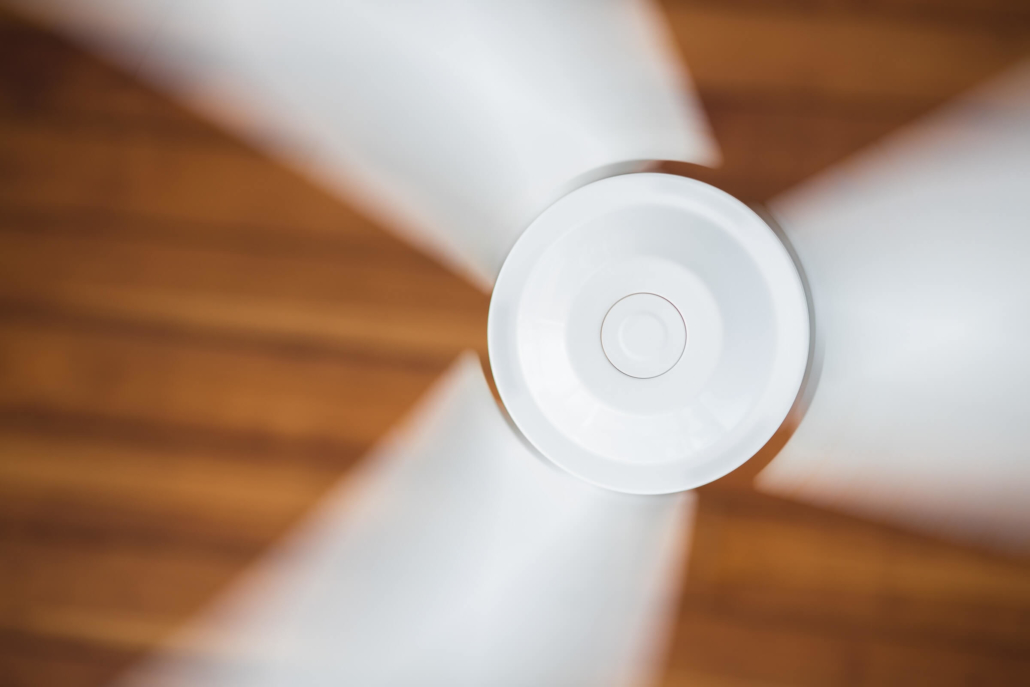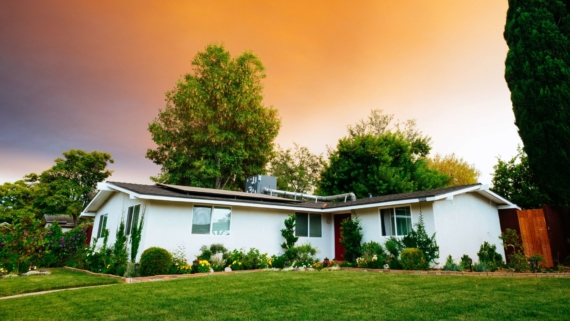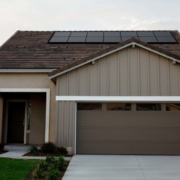How to Make Your Home More Energy Efficient
Saving the environment is on everyone’s minds. Taking the time to make your home energy efficient not only helps the planet, but it lessens the costs of being a homeowner. Find out how you can improve your home’s performance with these energy efficient upgrades.
real quick: How does using less energy make a difference?
We all know that using less gas and other eco-friendly measures help the environment, but how?
Imagine a jar of flour. Once you’re out of the flour, you need more. At first you can just walk to the grocery store, but soon the store is out of flour, and soon after that you need to drive further and further away to find some.
If you use all the flour at once, you’ll suddenly have to drive hours to get some. This will cost you gas money and take lots of time. You’d be upset if you found your kids playing with it — not only is it messy, but in this scenario, it’s wasteful. You would only use flour when you really needed it.

Energy is similar to flour.
Most of our energy resources are nonrenewable. When we run out of fossil fuels, we will have no more left. Unlike flour, however, fossil fuels are bad for the environment.
When we’re unaware of our energy consumption, we end up wasting precious resources. This not only causes unnecessary damage, but it also means more energy is needed to produce and transport energy.
Being as energy efficient as possible makes a difference for the planet by consuming fewer resources. It also makes a difference in our wallet — homeowners can save more than $1,000 every year with some of these simple changes.
Replace your lightbulbs.

Compact fluorescent light bulbs (CFLs) are 75 percent more efficient and last six times as long as regular light bulbs. CFLs save you money with their energy efficiency, but the savings don’t stop there. Since they last longer, you save money by not having to buy new bulbs as frequently.
Homeowner Savings: Up to $200 a year.
Get a power strip.
Did you know that even when you turn off electronics, they still draw energy if they’re plugged in? This costs homeowners about $100 a year by keeping things plugged in.
Get a power strip with a switch, and get in the habit of turning it off (or unplugging it). Since you don’t use your TV, game console, or other electronics during the day or late at night, you could save a lot with this simple step.
Homeowner Savings: Up to $100 a year.
Install a ceiling fan.

It’s common for most people to turn on the AC when it’s hot (and if you’re in Arizona, California, or another warm state, we don’t blame you). But using a ceiling fan instead of an air conditioner can save money and use much less energy.
Ceiling fans often come with switches that change the room’s airflow direction. Even in the winter, a fan can help warm a room, meaning you can rely on your home’s heating less.
Homeowner Savings: AC costs an average of $.36 per hour, and ceiling fans cost $.01 per hour. Use fans only when you’re in the room since fans only cool you, not the room.
Insulate your windows.

Double pane windows are expensive — usually anywhere from $100 to $1,000 per window — but they are a great form of insulation and prevent air leakage.
However, an even cheaper option can still help you save. Purchase window insulation kits (typically less than $15) and apply them to your windows in fall. Insulating your windows means your heating systems don’t have to work as hard to function.
Homeowner Savings: Some estimates show $20 per year, per window.
When you’re ready to sell your home, these smaller changes have a lasting impact and make your home more desirable to buyers. Put your eco-friendly home on the market with a RealtyHive time-limited event, and see results sooner.
- What House to Buy, Based On Your Zodiac Sign - August 28, 2020
- 6 Misunderstood Things About Buying & Selling Houses - August 23, 2020
- 5 Things to Know About 401K Real Estate Investing - August 17, 2020





Excellent article. I will be facing some of these
issues as well